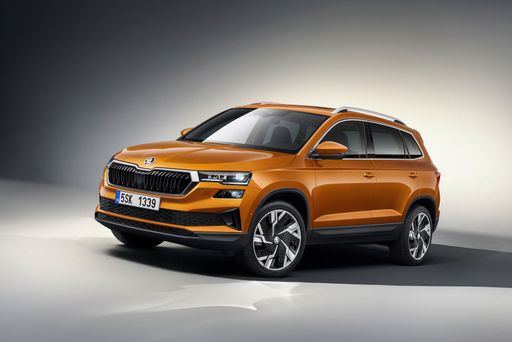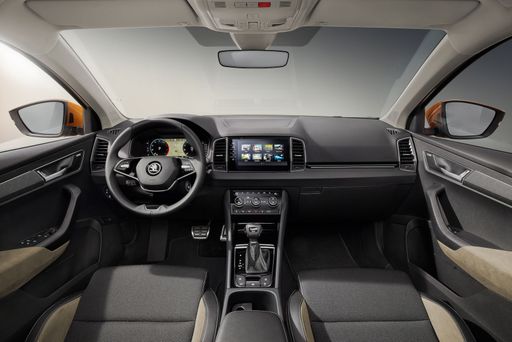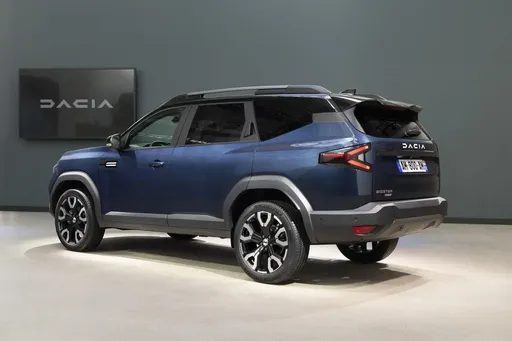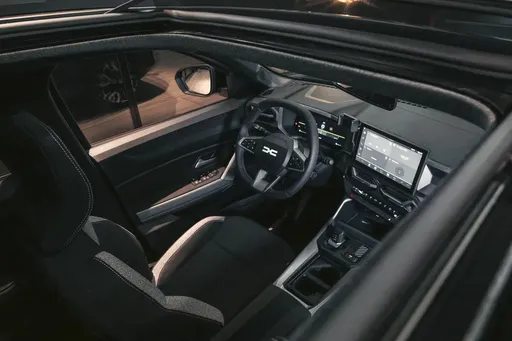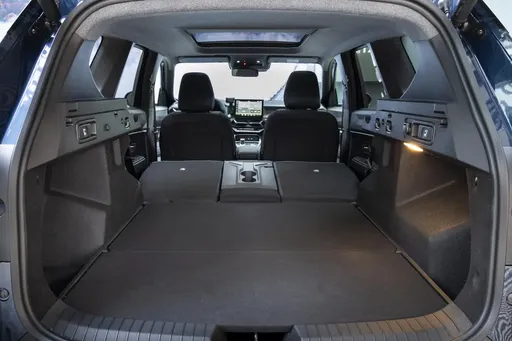The Battle of the SUVs: Skoda Karoq vs. Dacia Bigster
In today's competitive SUV market, the Skoda Karoq and the Dacia Bigster have emerged as two formidable contenders. Both vehicles showcase a blend of style, practicality, and innovation. This comparison delves into technical aspects and recent innovations of the 2024 Skoda Karoq and the 2025 Dacia Bigster to help you decide which might be the best fit for your lifestyle.


